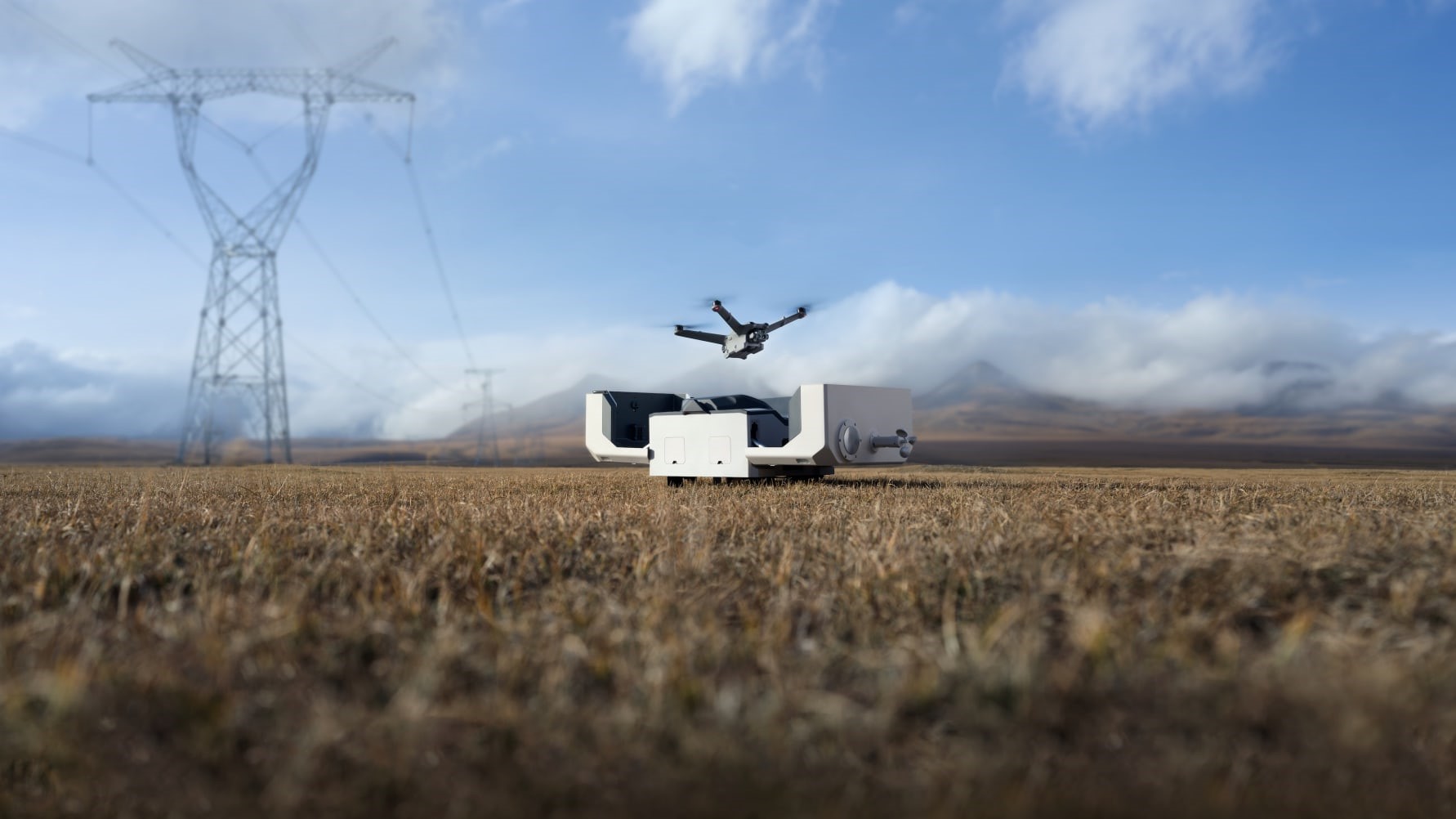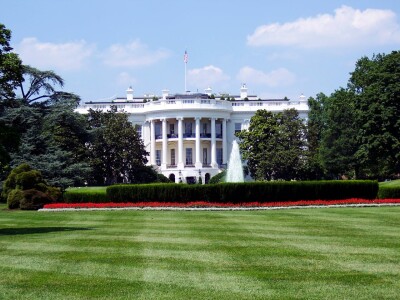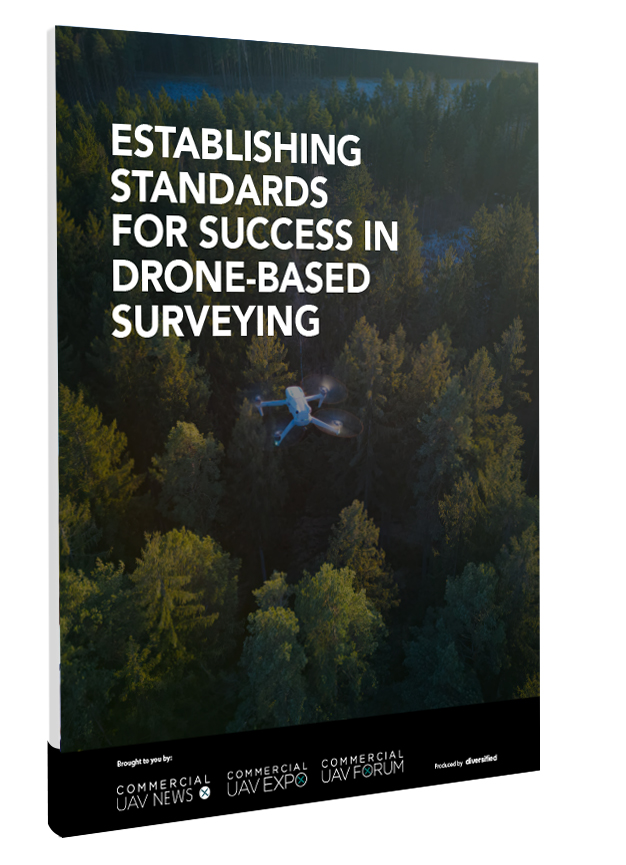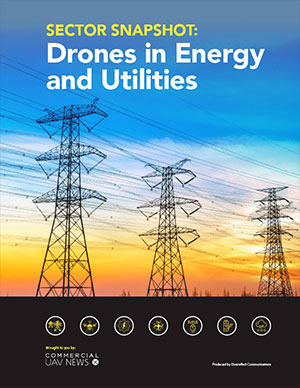Chinese UAV manufacturer Da-Jiang Innovations (DJI) may have escaped unscathed by the Trump administration’s executive orders (EOs) on drones, but the company continues to face potential actions from the US government that could limit or ban its ability to sell UAVs in a market it has long dominated.
A mandated review of Chinese drones’ potential threat to US national security, due by Dec. 23, could lead to a ban. And the US Department of Commerce (DOC) is moving toward issuing a final rulemaking that could also prevent Chinese drones from being sold in the US.
Nevertheless, DJI could take solace in not being targeted in US President Donald Trump’s recent EOs on drones. In fact, the White House pushing the FAA to speed up promulgating a Notice of Proposed Rulemaking (NPRM) on beyond visual line of sight (BVLOS) flights would likely benefit DJI. More expansive BLVOS rules could make DJI’s drones more valuable because users could take advantage of a wider range of its UAV’s capabilities.
“There is a lot to like in the EOs,” DJI Head of Global Policy Adam Welsh told Commercial UAV News. “DJI has advocated for the advancement and growth of the US drone ecosystem. And so we applaud the administration’s action to boost industry innovation, particularly by expanding routine BVLOS operations for UAS for commercial and public safety purposes and streamlining approval and certification processes. We also support broadening the adoption of Remote ID detection technologies and empowering authorities to protect the public from inappropriate drone use. These are causes we have championed for years.”
Security Review
Section 1709 of the National Defense Authorization Act for Fiscal Year 2025, signed into law by then-U.S. President Joe Biden on Dec. 23, 2024, mandates a review of Chinese drones by an unspecified national security agency to determine whether a ban is warranted. If this review is not completed by December 23, 2025, DJI drones would automatically be placed on the Federal Communications Commission's (FCC) “covered list,” which would prevent new DJI UAVs from using bandwidth regulated by the FCC. That would likely make it impossible for operators to use DJI drones in the US in the future.
It is unclear whether such a review is actually underway, and Section 1709 was not addressed in the EOs. Vic Moss, the CEO of the Drone Service Providers Alliance, told Commercial UAV News he believes the administration did not want to get ahead of the security review, which could conclude it is possible to securely operate Chinese drones in the US.
“I think that's because the review is already in the works,” he explained. If the administration took a hard stance against DJI in the EOs and “then the 1709 audit comes out and says [Chinese drone security] isn't that big a deal, the administration would look silly.”
Moss has long maintained a ban of Chinese drones would cripple US operators of commercial and public service UAVs. “It will literally kill the industry,” he said. “If Chinese drones are banned, we have nothing to replace them with. So, I think there's enough people out there [with a lot at stake] who are going to need to get this audit done,” which means it will be completed before the Dec. 23 deadline.
“We feel confident our products will pass any technical audit, as long as it is done fairly,” Welsh said. “We have been audited multiple times. US government agencies have audited us, third-party firms have hired auditors to review our products, and we have hired US data security firms to buy our products and audit them. We’ve passed these audits.”
After years of bluster from Congress and US officials about the dangers posed by Chinese drones, “I think that common sense has finally started to get its foot in the door,” Moss said.
Commerce Rulemaking
DOC, meanwhile, in March concluded a public comment period regarding a final rule-making which could also lead to a ban on Chinese drones.
Liz Cannon, the senior DOC official overseeing the rulemaking process, told the Commercial Drone Association (CDA) Innovation and Security Summit in Washington D.C. in May that DOC is concerned about an adversary of the US gaining “access to a significant amount of sensitive data” via drones. She added that DOC also wants to make sure malign foreign actors cannot “remotely manipulate the drone.”
Cannon—executive director of DOC’s Office of Information and Communications Technology and Services within the agency’s Bureau of Industry and Security—compared the coming drone rulemaking to a final rule issued by DOC earlier this year on connected vehicles. She did not say whether the outcome would be along the same lines, but the comparison raises the prospect of a ban.
The connected vehicle rule related to autonomous automobiles prohibits the import or sale in the US of vehicles containing Chinese or Russian “hardware and software integrated into the Vehicle Connectivity System (VCS) and software integrated into the Automated Driving System (ADS), the systems in vehicles that allow for external connectivity and autonomous driving capabilities,” DOC said when issuing the rule.
These systems present “an undue and unacceptable risk to national security when designed, developed, manufactured or supplied by persons with a sufficient nexus to [China] or Russia,” DOC concluded, adding that “foreign adversaries [could use the systems] to extract sensitive data, including personal information about vehicle drivers or owners, and remotely manipulate vehicles.”
Even if connected vehicles are manufactured in the US, they cannot be sold if the banned systems are incorporated.
“There is a critical difference” between connected vehicles and drones, DJI’s Welsh said. “The connected vehicle rule was seen by many as an effort to ensure Chinese [connected vehicles], which are popular across the globe, do not have a chance to enter the US market. Chinese cars are not yet in the US market. By comparison, DJI helped create the small civilian drone market and is the beating heart at the very center of the US drone industry … A DJI ban would be a massive blow to ordinary Americans—small business owners, software companies and others who make a living in the drone industry. No other manufacturer can fill the demand for civilian drones that would be created if we were removed from the market.”
Cannon conceded the connected vehicle market is “very different from the drone market.” With the connected vehicle rule, “we were trying to really get ahead of a problem,” she said. “We don’t have many connected vehicles on our roads today.”
Even so, the connected vehicle import prohibitions do not apply to pre-2027 model cars and certain hardware restrictions will not take effect until 2029, enabling a transition period to account for needed changes to supply chains for connected vehicle manufacturers.
Regarding Chinese drones, Cannon said DOC is cognizant of “what the consequences are if we try to regulate in this space [for commercial drone operations in the US]. That will obviously impact the scope of what we decide to do, and then also the timing of what we decide to do.”
She added a delay of years before potential Chinese drone restrictions are implemented would be a way to “balance the national security risks with the very real business practicalities.”
CDA Policy Director Liz Forro told Commercial UAV News that if DOC does implement a ban on Chinese drones, the transition period should be “years rather than months.” She added: “We encourage the department to take a risk-based approach to make sure that whatever action they take is directly tied to a vulnerability and to allow appropriate transition times.”
Asked whether a 3- or 4-year delay in implementing a ban on Chinese UAVs would allow the US to catch up in drone manufacturing, Moss responded “100% no.”
He added: “Optimistically, I’d say a decade at least [to build up a viable US drone manufacturing base to meet demand] … And suppose we are finally successful in building a drone in this country that can compete with 90% of what we use. By then, the industry will have been decimated and we’d have to rebuild it from the ground up.”
















Comments